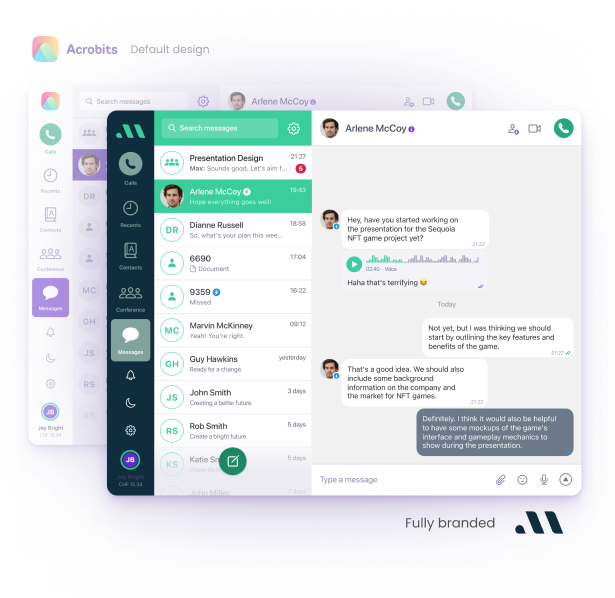
Build a white label softphone app
Create a custom white-label softphone with Cloud Softphone.
- No devs needed
- Native desktop apps
- 100+ premium features
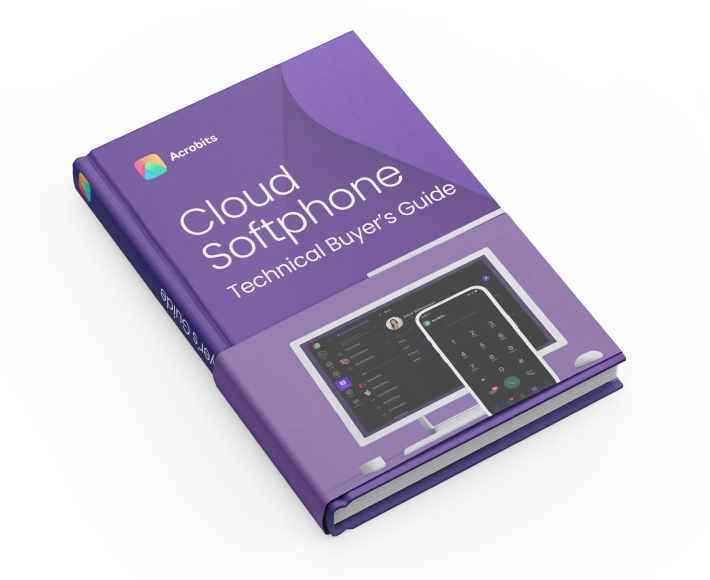
The telecommunications needs of businesses worldwide have changed and evolved over the past decade. Now, it’s possible to leave hardphones, a piece of hardware found on every employee’s desk for decades, behind entirely.
Softphones have created a new alternative to hardphones by shifting the utility entirely to an application on mobile or desktop devices. This change has provided a range of benefits as the modern workforce is now remote or hybrid, alongside the growing need for methods of unified communication beyond voice calls.
Companies around the world are beginning to invest in softphones due to their benefits and cost effectiveness. The global softphone market is expected to grow at a CAGR of 10.5%, reaching US$2.48 billion by 2030 from $1.02 billion in 2022.
Why are organizations across most industries exploring softphones? We’ll be breaking down the core differences, benefits, and drawbacks of these two types of phones to help you understand the right choice for your business.
What is the Difference Between Hardphone and Softphone?
Hardphones, tethered to the Internet through Wi-Fi or an ethernet cord, deliver basic calling features and physical presence, ensuring reliable voice communication. Softphones, in contrast, leverage flexibility, enabling calls, video chats, and messaging across various devices, offering a blend of mobility and advanced functionalities. Both cater to different needs, balancing traditional reliability with modern convenience.
Softphones or hardphones? Why choose? Cloud Softphone gives you the best of both worlds. Discover how we’re redefining ‘office phone’.

Create a custom white-label softphone with Cloud Softphone.
How do these two common types of office phones vary? Both a hardphone and a softphone are powered by VoIP technology, so the underlying infrastructure and its benefits are similar between the two.
Instead, the difference is found in their form, function, and other attributes that directly affect the end user. Let’s start by quickly going over a few of these key differences before diving deeper. Some ways these two types of phones vary are:
Both types of phones have advantages and disadvantages that need to be considered before making a decision. Understanding these pros and cons helps inform if your organization should adopt a complete hardphone or softphone environment or take a hybrid approach.
So, we’ll elaborate on the differences between them with a focus on business benefits or drawbacks to be aware of.

We’ve seen softphones evolve over the past decade and can now provide the full range of capabilities and reliability businesses require.
There are several potent advantages to softphones that have helped power their adoption in recent years, including:
However, softphones aren’t a perfect one-size-fits-all solution. So, what are the drawbacks of softphones?

Hardphones are a tried and true way to equip employees with the voice capabilities they need. While they may struggle in some areas, they also offer some advantages worth considering, including:
A few of the disadvantages of headphones include:
Hardphone vs softphone — which one should you choose? Let’s quickly explore a few key points to keep in mind as you decide:
Many organizations can leave hardphones entirely behind, while others prefer to keep them but may augment the workforce with softphones. Some organizations may be able only to use hardphones as well.
Office, home, or coffee shop? Groundwire doesn’t judge. Embrace flexible work with crystal-clear calls, wherever your desk decides to be today.
One of the most significant trends shaping the modern workforce is the growing need to provide remote and hybrid workers with the right tools. Softphones can provide workers who are not physically in the office with the same capabilities as on-premise workers.
A workforce equipped with softphones can also work while traveling, allowing them to use their business number and extension wherever they are.
Adopting softphones is becoming increasingly necessary for many industries. Any organization with a component of remote work will need to offer some level of service to allow employees to work remotely.
Traditionally, healthcare organizations have depended on headphones largely to maintain security. Softphones have been considered to lack the data protection and privacy healthcare organizations require.
However, while still worth considering when making a decision, platforms like Acrobits have started changing this perspective. Leading-edge softphones offer the level of security necessary to maintain full compliance with healthcare regulations while also offering the benefits of being able to use a mobile device.
The healthcare industry still prioritizes hardphones and will likely continue, but now it’s possible to equip the workforce with mobile and desktop software that adds flexibility for some roles.
Companies offering tech products and services are not only more prone to adopting new solutions, but they also often need a broader range of capabilities than hardphones have to offer.
Softphones are able to offer video conferencing, rich text messaging, and a broad range of other capabilities that allow employees to better collaborate and communicate. This utility also enhances sales and customer service teams that work with external parties.
Additionally, tech companies often have remote or hybrid workers, adding a secondary use case that makes these platforms more appealing.

Fortunately, you don’t need to choose one way or the other; many companies have adopted a hardphone softphone strategy to reap the benefits of both options. While you may decide to adopt softphones fully, you can also augment existing capabilities with softphones to better cater to hybrid workers and the evolving needs of some roles.
Acrobits is a leading provider of softphones, and we’ve continually prioritized innovations that make our platform reliable, cost-effective, and offer various capabilities beyond traditional hardphones.
Is your workforce ready to adopt softphones? Book a demo today to see Cloud Softphone in action.
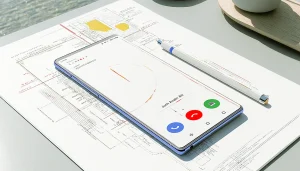
Every telecom provider knows the appeal of a quick fix. Deploy a generic softphone app, get your users online, and move on. But as the market surges toward $400 billion by 2034, the cracks in this approach are becoming impossible to ignore. Scaling, branding, and innovation all hit a ceiling fast. The hidden cost of […]

Picture this: your softphone app aces every backend test, but users drop off after the first call. Why? Technical reliability alone won’t win the adoption game, intuitive onboarding, seamless UI, and robust call quality all matter equally. Testing and launching a softphone app is a two-front battle, and neglecting either side puts your brand and […]
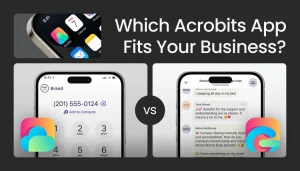
Not every VoIP user needs the same thing. Some just want a rock-solid app to connect their SIP line. Others need to launch a white-label softphone under their own brand. Acrobits offers two very different tools to cover both ends of that spectrum: Groundwire and Cloud Softphone. Feature Groundwire Cloud Softphone Pricing $9.99 one-time purchase […]
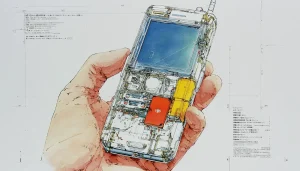
For many small and medium-sized businesses, the traditional PBX (Private Branch Exchange) phone system has long been the backbone of daily communication. As remote work becomes the norm and digital transformation accelerates, these hardware-bound systems are increasingly feeling like a bottleneck: they are costly to maintain, inflexible, and ill-suited for modern workflows. If you’re an […]